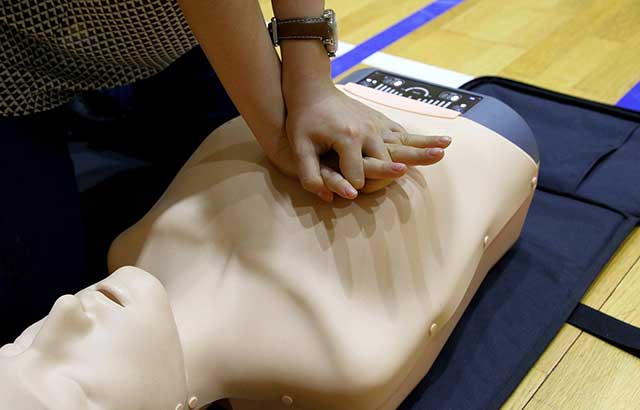Oral Cancer Awareness Month – Early Detection Saves Lives!
April is Oral Cancer Awareness Month. Prairie Dental Care offers free oral cancer screenings with every hygiene visit every month of the year. Early detection is that important! Oral cancer is not a rare disease. Approximately 37,000 people will be diagnosed with oral cancer every year in the U.S. It kills one person every hour of every day, with over 100 new individuals being diagnosed with it every day. The good news is that it can often be found early in its development through a simple, painless, and quick screening.
Who Should Get Screened?
Every adult. Oral cancer can often be caught early, even as pre-cancer. With early detection, survival rates are high and the side effects from treatment are at their lowest. Like other screenings such as cervical, skin, prostate, colon and breast examinations, oral cancer screenings are an effective means of finding cancer at its early, highly-curable stages. Make them part of your dental exams.
What are the Risk Factors?
There are two distinct pathways by which most people come to oral cancer. One is through the use of tobacco and alcohol, and the other is through exposure to the HPV16 virus (human papilloma virus version 16), which is now the leading cause of oral cancers in the U.S. This is the same virus which is responsible for the vast majority of cervical cancers in women. The quickest growing segment of the oral cancer population is that of young, healthy, non-smokers due to the connection to the HPV virus.
Early Detection is Key
If oral cancer is detected early (in stages one or two), the survival rate is 80% to 90%; but when found as a later stage (stages three or four), the chances of survival drop to 20% to 30%. Late discovery and diagnosis are major factors in the current high death rate. In the U.S., two-thirds of the diagnosed cases will be late stage 3 and 4 cancers this year. Since in many cases this cancer lends itself to early visual and tactile detection, this situation is correctable without the introduction of new science.
In a painless, three to five minute oral cancer screening, most of the signs and symptoms of oral cancer can be seen with the naked eye or felt with the fingers. Suspect tissue can be easily biopsied for a definitive diagnosis. Unlike most other cancer detection exams, the screening for oral cancer does not require any special equipment, pain, high cost, invasive tests, or procedures. Dentists and dental hygienists have been trained to do oral cancer examinations and can perform these screenings during a routine office visit.










